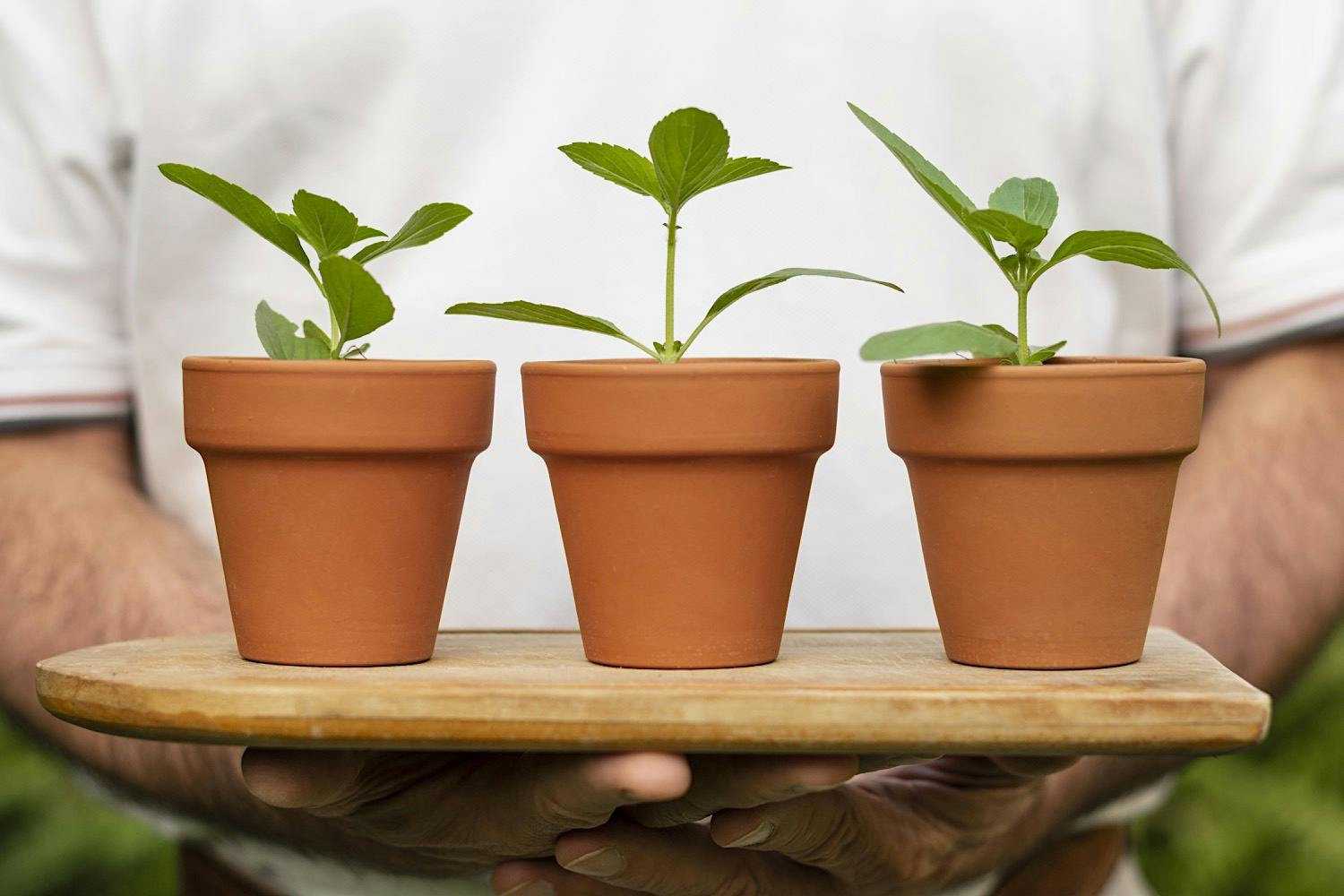
TAGTIK NEWS - TO THE POINT
Regrowing: the green (and super easy) spring trend

How about giving a second life to your food leftovers? It's the magic of "regrowing", or how to regrow your kitchen waste.
Are we all gardeners in the making? No equipment, no experience needed, just a bit of patience. We explain. Regrowing is the art of regrowing plants from leftovers. Anti-waste, zero waste, and perfect for celebrating the return of spring.
Easy to apply, even for city dwellers, and to practice with the family (children love its playful aspect!), this activity also reconnects you with nature. How's it done exactly? Let's take the example of a sweet potato whose stem you don't cook. Don't throw it away; keep it aside preciously. Prepare a small pot (preferably with a hole for drainage), which can easily be placed on a windowsill, some potting soil, and a bit of water. Firmly pack the soil at the bottom of the container, place the stem in it, and cover it with some potting soil. Water generously and place your plant in a sunny spot.
With the magic of nature, in a few weeks, leaves will start to grow and roots will form. It's time to give your sweet potato more space by offering it a bigger pot. Once the risk of morning frost is over, and if you have a garden, you can transplant it there. Then you'll need to be patient. You'll know your potato is ripe when the leaves start to wither. Nothing could be simpler!
Here are a few other examples. Ginger only needs a small part of its root to regrow: in a pot filled with soil, in the shade, regularly watered, it will take about ten months to regrow. Fennel regenerates quickly: keep its heart in a shallow dish of water and place it in the light. The same goes for the carrot, for which you keep the base (the part where the tops come out). The list (lettuce, garlic, basil...) goes on!
Why not let your gardening talents sprout?
(MH with Céline Massart - Photo: © FreePik)
LATEST NEWS

Cannes Prepares for a Tsunami

Born on October 24: Bill Wyman, the Rolling Stones' discreet bassist for three decades

Jailed Georgian and Belarussian journalists win top EU rights prize

Born October 22: Stiv Bators (Lords of the New Church), prophet of chaos

Born on October 22: Jeff Goldblum, amateur jazz musician and Hollywood star

Born on October 21: Manfred Mann still lives on planet Earth Band
Quick links